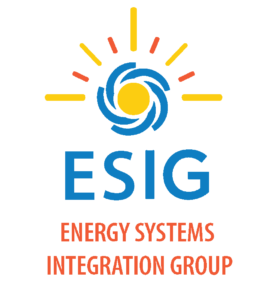
Electric system planning and operations are fundamentally changing, but retail rate designs remain stuck in the past. As the bulk system transitions from fuel-burning resources to renewables and storage, our legacy customer electric rates no longer reflect underlying system costs and impede the adoption of electric vehicles (EVs) and building technologies by setting volumetric prices far above marginal costs. New retail rate designs are needed to align customer responses with grid needs and support the achievement of decarbonization goals.
In a new whitepaper, a team of E3 authors present a proposal for multi-part dynamic retail rates. Published as part of a series by the Energy Systems Integration Group (ESIG), the new E3 white paper, “Rate Design for the Energy Transition: Getting the Most out of Flexible Loads on a Changing Grid,” discusses the ways that power system cost structures are changing under decarbonization and describes the implications for the value of customer response. Reducing investment in power grid facilities with high fixed costs such as generation capacity or transmission increasingly requires customer response at specific times and in specific locations. Widespread adoption of new communication technologies and customer distributed energy resources (DERs) such as EVs will make efficient customer response to price signals both more achievable and more important.
The paper presents a multi-part dynamic rate design that reflects the underlying costs of an increasingly renewable grid, provides actionable price signals to DERs, and supports vehicle and building electrification that is necessary to achieve decarbonization targets. The proposed multi-part rates include three components: (1) a dynamic hourly energy rate that is low when zero/low-variable cost resources are on the margin; (2) a rate component that encourages reducing load in the critical hours that drive new capacity investment, such as a coincident demand charge or targeted hourly energy rate adders; and (3) a non-bypassable customer charge designed for equity that recovers remaining utility embedded costs.
E3’s authors on the paper are Arne Olson, Eric Cutter, Lindsay Bertrand, Vignesh Venugopal, Sierra Spencer, Karl Walter, and Ari Gold-Parker.


